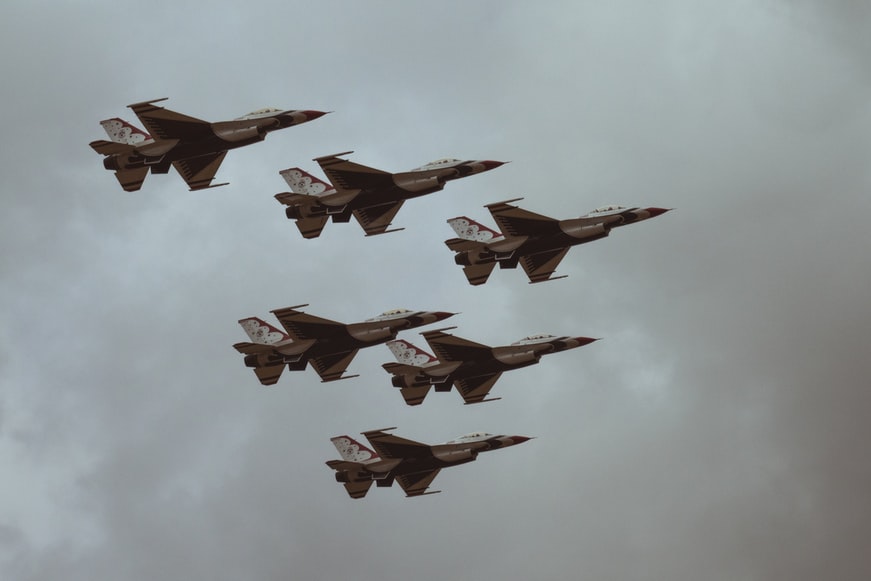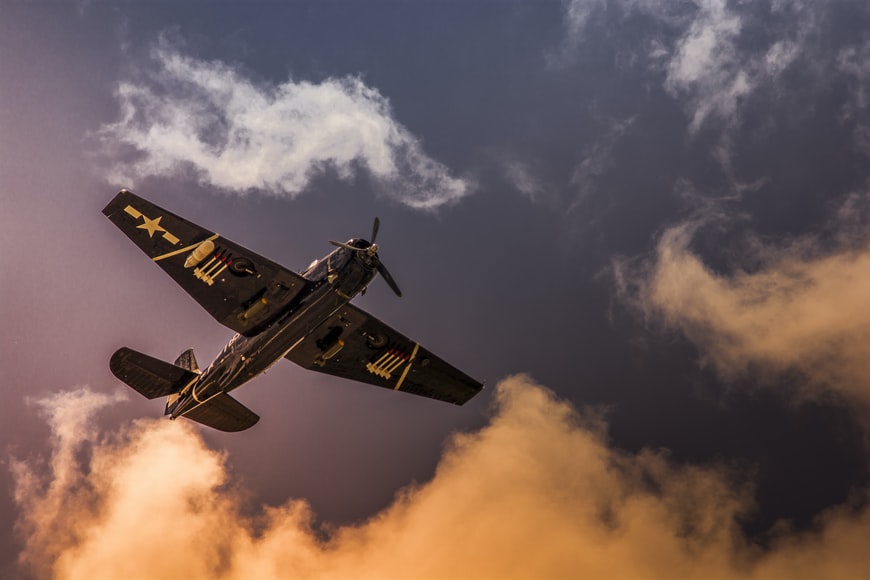Only thirty one units of the Saunders Roe A.27 “London” biplane flying boat were built for the Royal Air Force Costal Command (RAFCC) who operated the type from 1936 to the fall of 1941. The “London” is another sample of an aircraft which was obsolete before it reached front line units.
The Saro A.27 was conceived in response of Great Britain’s Air Ministry Specification order R-24/31 that called for “a general purpose open sea patrol flying boat”. Based on Saunders’ questionable Severn A.7 model, the London was destined to become one of England’s last operational flying boats platforms.
The first flight of an A.27 took place in 1934. The unit was fitted with two powerful Bristol Pegasus II radial engines mounted on the center upper top part of the wing structure.
The first ten units delivered to the RAF were designated Mk Is and were powered by a larger set of engines, the Bristol Pegasus III. They were easy to recognize by their polygonal cowlings and two-bladed propellers. The next generation of the London, the Mk II, carried the Pegasus X engines which had a circular cowling look with a four blade configuration. The Mk II would become the aircraft’s most produce (20 units) model. Construction of the II ran until the summer of 1938. The remaining Is were converted to model II specifications from May of that same year.
The first operational A.27s was assigned to the No. 201 Squadron at Calshot where they replaced the venerable Supermarine Southampton. No. 204 squadron at Mount Batten also received deployments of the London. In 1937, five A.27s of the No. 201’s were selected to represent the RAF on the 150th anniversary of the founding of the State of New South Wales.
Between the spring of 1937 and the autumn of 1938, the 204 Squadron utilized five, specially modified Londons for long distance training missions. The converted A.27, carrying external auxiliary fuel tanks, flew from the British capital to Australia demonstrating the type’s long range operational capability. The round trip covered 48,280km in distance.
The London was still on active, frontline service when World War II broke in 1939. The A.27s assigned to 201 Squadron were stationed at Sullom Voe in Shetland, the ones of 204 were deployed to the main RAF base at Invergordon. Another squadron, No. 202, received several Londons at its operational base on Gibraltar.
All A.27s were primarily use as maritime reconnassaince platforms. Operating mainly on the North Sea and in the western Mediterranean Sea, they scanned the vast sea lanes in search for signs of the dreaded U-boats.
Aircrafts based at Gibraltar served until April 1941, when they were replaced by the more modern Consolidated Catalina flying boats.
Beside the RAF, the Royal Canadian Air Force utilized the aircraft during the mid stages of the Second World War.
Specifications
Powerplant: Two Bristol 1,055ho Pegasus X radial piston engine
Armament: Three 0.303in heavy machine guns located on the bow and an amidships. Total bomb load was up to 907kg.
Length: 17.31m
Height: 5.72m
Wingspan: 24.38m
Total wing area: 132.38m square
Maximum takeoff weight: 8,346kg
Top operational speed: 249kph
Service ceiling: 6,065m
Operational range: 2,800km
Climb rate: 360m per minute
Crew complement: Five


